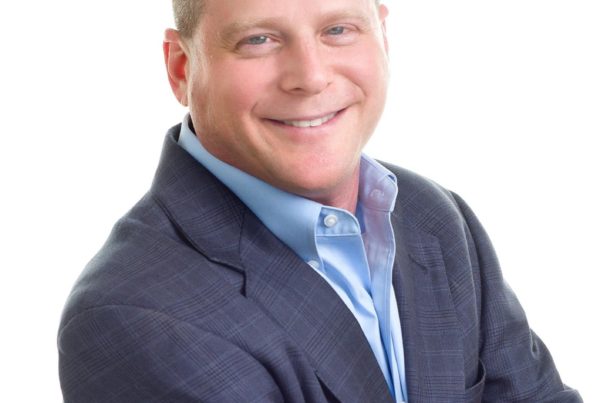(This column originally appeared in the Daily Herald)
According to data from the U.S. Small Business Administration, more than half of small-business owners are over the age of 50, and as these business owners age, many are starting to think about succession planning.
One growing option for an exit is to sell the business to its employees, often gradually through an Employee Stock Ownership Plan, or an ESOP.
“Anecdotally, I’m seeing more of my clients have an interest in ESOPs,” says Susan Hoesly a principal at Verit Advisors, a Chicago investment banking advisory service firm that serves small and mid-sized companies in Cook County. “These plans provide great tax benefits and can be an excellent succession planning strategy.”
ESOPs are popular. According to data compiled by the National Center for Employee Ownership there are nearly 7,000 ESOPs in the U.S. that employ more than 13.5 million people and own more than $1.1 trillion in assets. But as popular as they are, creating an ESOP takes planning and a certain type of culture.
“They can be complicated,” Hoesly said.
An ESOP can take various forms, but generally setting one up involves creating a separate entity that’s owned by a company’s employees, with the ownership determined based on a variety of factors from compensation to tenure to job position.
Once created the entity purchases shares of the company from the business owner. Often, that purchase is financed by a bank so the employees themselves do not have to come up with any cash. Business owners don’t have to sell all their stock right away. According to Hoesly, some of her clients have sold their shares in increments over a period of time.
“You can exit your business over years and still retain control,” she said.
‘Strategy for our culture’
BOS Holdings, a workspace design and furniture supplier headquartered in Roselle with customers throughout Cook County, is 100 percent owned by its 160 employees.
“We feel this is a much better strategy for our culture,” says George Pfeiffer, the company’s CEO. “Management has day-to-day control over decision making, but we report to a board of directors and to a trustee who looks after the interests of our shareholders who are our employees.”
Besides providing a succession road map, an ESOP also offers significant tax incentives. If a buyout is financed then both principal and interest payments made by the company are tax deductible. Another attractive benefit is that the income allocated to the ESOP-entity is not taxed, which means that the greater the employee ownership the higher the tax savings, which is money that can be used for other purposes.
“We’ve been able to finance our growth because of the cash our company has saved on taxes,” Pfeiffer said. “It’s been a significant help even as the economy has slowed.”
Both Pfeiffer and Hoesly do warn of downsides. An ESOP can easily take six to 12 months to come together, particularly because there are many parties involved in the transaction and legal hurdles to address. Owners must be prepared to share financial and other data about their company with their employees. And the annual costs of maintaining such a plan can be significant.
“Companies can easily pay tens of thousands of dollars a year for annual valuations, tax filings and other regulatory requirements,” Hoesly said. “And if employees leave, a company has to be prepared to buy out their shares, which can be costly.”
There are more affordable types of structures that may be more attractive for smaller businesses — like worker cooperatives or equity compensation arrangements, said Hoesly, so it’s important to speak to a legal and tax expert about all these options.
An employee benefit
Regardless of these costs, many find that ESOPs not only provide a great way for a business owner to exit a business along with significant tax savings, but also a powerful employee benefit.
“It gives employees a say in how their company is run,” Hoesly said. “And today’s workers really do want that kind of involvement.”
A 2017 NCEO study found that being part of an ESOP was associated with 92 percent higher median household net wealth, 33 percent higher median income from wages, and 53 percent longer median job tenure. Previous studies have found that at certain types of ESOPs, jobs grew by 60 percent over the past decade, while jobs in the private economy as a whole remained relatively flat.
So clearly, employee-owned organizations are good for employees. Other studies have also shown that employee-owned companies experience increased levels of profitability and profits. And, depending on how long an employee stays with a company, it can provide an excellent form of future savings.
“One of the things that brings me the most joy is seeing how our older employees benefit as our company grows in value,” Pfeiffer said. “It just shows how being part of an employee-owned organization can pay off not only while working there, but also in retirement.”

